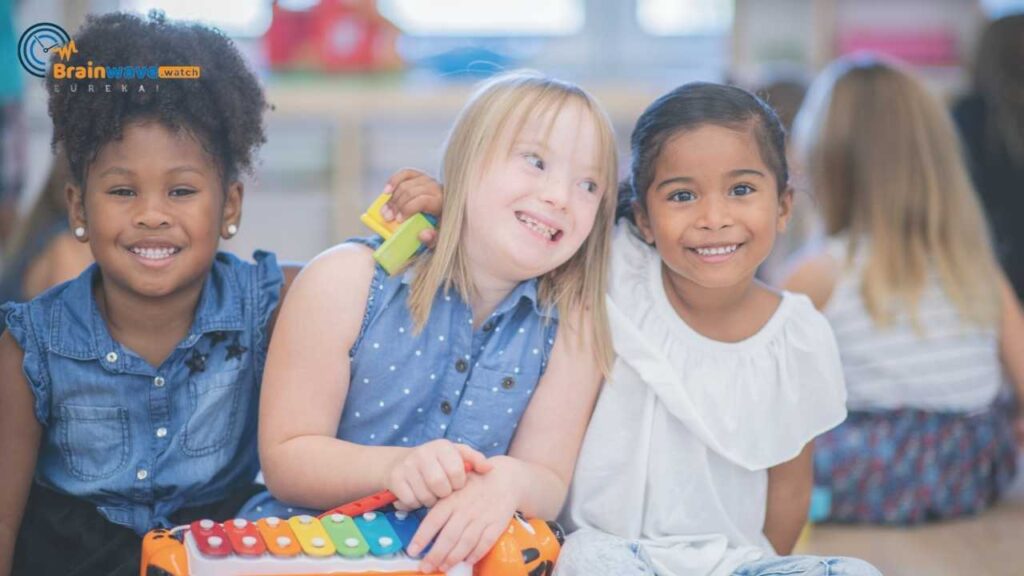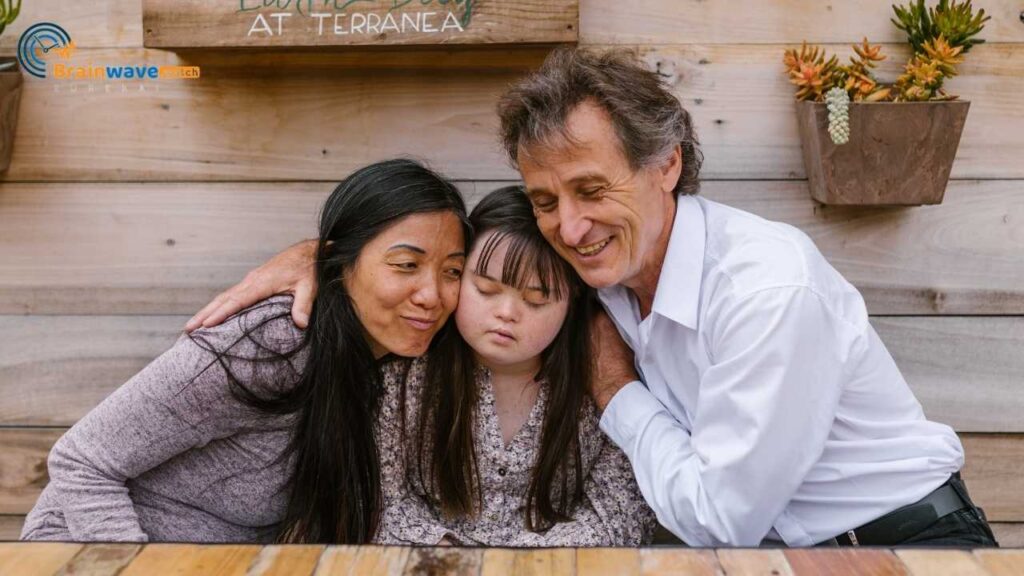Creative play is an essential part of a child’s development, and it becomes even more crucial for children with developmental challenges. Play activities such as art, music, and dance offer a fun and engaging way for children to learn new skills and improve their cognitive, emotional, and physical abilities. Through creative play, children can express themselves freely, build self-confidence, and develop socialization skills.
For children with developmental challenges such as autism spectrum disorder (ASD), ADHD, or Down syndrome, creative play activities can help them overcome sensory issues while improving their communication and motor skills. In this blog post, we will explore the importance of creative play for children with developmental challenges and provide examples of fun activities that parents, caregivers, and educators can use to facilitate learning in a safe and enjoyable environment.
We will also discuss adapting these activities to meet individual needs and abilities while incorporating sensory stimulation and socialization into playtime. With the right resources and support from parents and caregivers, every child can benefit from the power of creative play.
1. Art Activities
Art activities are a fantastic way for children with developmental challenges to express themselves creatively and develop their fine motor skills. These activities range from simple coloring pages to more complex projects like painting, sculpting, or collage-making. Regardless of the activity chosen, art provides numerous benefits for children with developmental challenges.
Benefits of Art Activities
One major benefit of art activities is that they help improve fine motor skills. Many children with developmental challenges struggle with hand-eye coordination and dexterity, making it difficult for them to perform everyday tasks like writing or buttoning clothing. By engaging in art activities, children can practice using different tools and materials that require precise movements, such as paintbrushes or scissors. This helps strengthen their muscles and improve their overall coordination.
Another benefit of art activities is that they enhance creativity and self-expression. Children with developmental challenges may have difficulty communicating their thoughts and feelings verbally, but through art, they can express themselves in ways that words cannot always capture. Whether it’s through drawing a picture or creating a sculpture, art allows children to explore their emotions and imaginations in a safe and supportive environment.
Finally, art activities can also help reduce stress and anxiety. Children with developmental challenges may experience heightened levels of stress due to difficulties in communication or socialization. Engaging in creative play can provide an outlet for these emotions and allow children to relax and unwind.
Adapting Art Activities
When planning art activities for children with developmental challenges, it’s important to consider their individual needs and abilities. Here are some tips for adapting art activities:
- Provide different materials and textures: Children with sensory processing issues may be sensitive to certain textures or materials. Offering a variety of options such as clay, paint, markers, or fabric can help accommodate these sensitivities while still allowing them to engage in the activity.
- Adjust the level of difficulty: Depending on the child’s skill level, you may need to adjust the complexity of the activity. For example, if a child struggles with cutting paper shapes neatly, you could provide pre-cut shapes instead.
- Encourage collaboration and socialization: Art activities can be great opportunities for socialization and teamwork. Encouraging children to work together on a project or share materials can help build social skills while also fostering creativity.
Read also: How Can the Therapist Help Autism Children?
2. Music Activities
Music is a powerful tool that can help children with developmental challenges in many ways. It can improve communication and language skills, enhance cognitive development, and promote emotional regulation. Here are some examples of music activities that can benefit children with developmental challenges.
Benefits of Music Activities
One of the most significant benefits of music activities is improving communication and language skills. For example, singing songs with repetitive lyrics can help children learn new words and phrases. Additionally, playing instruments such as drums or xylophones can help children develop their fine motor skills, which are essential for writing and other tasks.
Another benefit of music activities is enhancing cognitive development. Research has shown that music engages both sides of the brain, which can improve memory, attention span, and problem-solving abilities. Moreover, learning to read sheet music or play an instrument requires discipline and focus, which can transfer to other areas of life.
Music activities also promote emotional regulation by providing an outlet for self-expression. For instance, singing or playing an instrument can help children express their feelings safely and creatively. Moreover, listening to calming music or participating in relaxation exercises such as deep breathing can help reduce stress and anxiety.
Adapting Music Activities
To ensure that music activities are accessible to all children with developmental challenges, it’s essential to adapt them to meet individual needs and abilities. Here are some tips for adapting music activities:
- Provide different instruments and sounds: Children may have different preferences when it comes to musical instruments or sounds. Providing a variety of options such as drums, shakers, or bells allows them to explore different textures and tones.
- Adjust the tempo and volume: Some children may be sensitive to loud noises or fast-paced rhythms. Adjusting the tempo or volume of the music can make it more comfortable for them to participate.
- Encourage participation and movement: Children with developmental challenges may need extra support when it comes to participating in group activities. Encouraging movement such as dancing or clapping along with the music can make it more engaging for them.
Read Also: Effects of Music Therapy for Special Needs Teens with Autism
3. Dance Activities
Dance activities are a great way to promote physical and social development in children with developmental challenges. Dancing involves moving the body to music, which helps improve gross motor skills, coordination, and balance. It can also be a fun way for children to express themselves creatively and build self-esteem.
Benefits of Dance Activities
One of the main benefits of dance activities is that they help improve gross motor skills. Children with developmental challenges may struggle with movements such as jumping, hopping, or skipping. Dancing provides an opportunity for them to practice these movements in a fun and engaging way. Additionally, dancing can enhance coordination and balance, which are important skills for everyday life.
Another benefit of dance activities is that they promote socialization and self-esteem. Dancing often involves group participation, which can help children develop social skills such as taking turns and following directions. It can also be a confidence booster for children who may feel self-conscious about their abilities in other areas.
Adapting Dance Activities
When planning dance activities for children with developmental challenges, it’s important to adapt them to meet individual needs and abilities. One way to do this is by providing different types of music and rhythms. Some children may respond better to slower or faster music, while others may enjoy different genres such as pop or classical.
Another way to adapt dance activities is by adjusting the level of complexity. For example, some children may need simpler steps or movements that are broken down into smaller parts. Others may be able to handle more complex routines with multiple steps.
It’s also important to encourage creativity and self-expression during dance activities. Children should be given opportunities to come up with their movements or improvisations based on the music being played.
Read also: 5 Ways to Help Your Special Need Children Express Themselves
Conclusion
In conclusion, creative play activities such as art, music, and dance can benefit children with developmental challenges. Not only do these activities promote sensory stimulation and socialization, but they also offer a fun and engaging way for children to learn and grow. By adapting play activities to meet individual needs and abilities, parents and caregivers can help children build confidence and develop important skills such as communication, problem-solving, and self-expression.
Parents need to seek out resources and support from qualified professionals to facilitate creative play effectively. With the right guidance and encouragement, children with developmental challenges can thrive through the power of creative play. As educators continue to explore new ways of supporting children’s development, it is clear that creative play will remain an essential tool for promoting growth and learning in children of all abilities.







